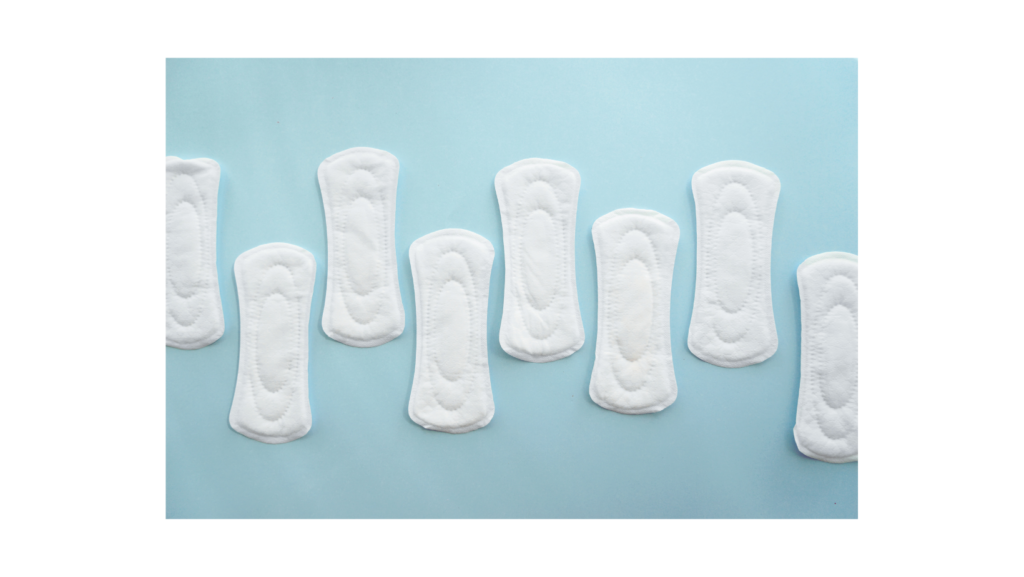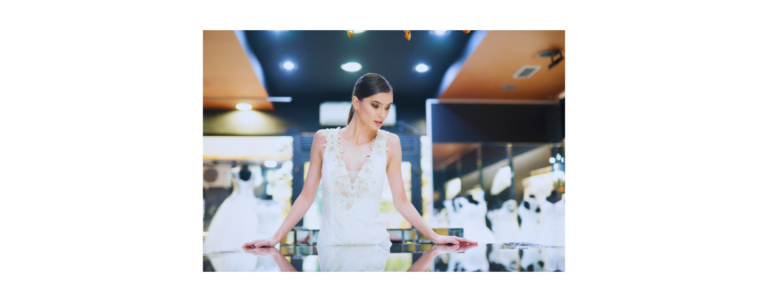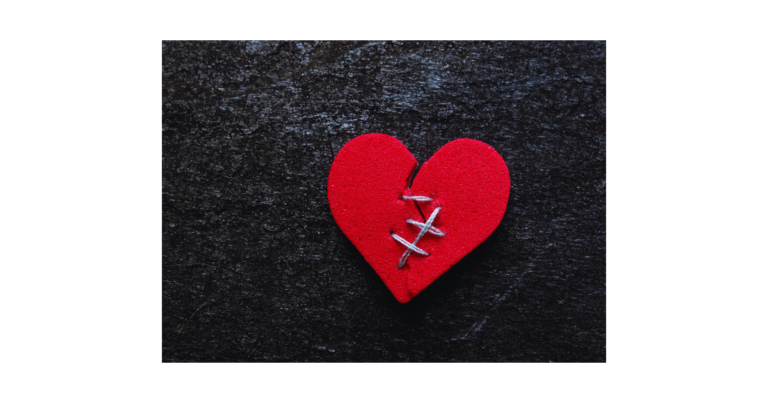I still recall the nervous excitement of my first period. Suddenly, I joined a long line of women learning to manage menstrual flow. Over time, products evolved—from simple cloth rags to sleek menstrual cups. Today, let’s walk through that journey together, and uncover how each innovation made life a bit easier.
Ancient Solutions

First, women improvised with what they had. They used menstrual rags—strips of cotton or linen folded into absorbent pads. Meanwhile, some cultures even turned to rabbit fur or sheep’s wool for extra soak. Although bulky, these early methods showed remarkable ingenuity.
Period Care in Antiquity
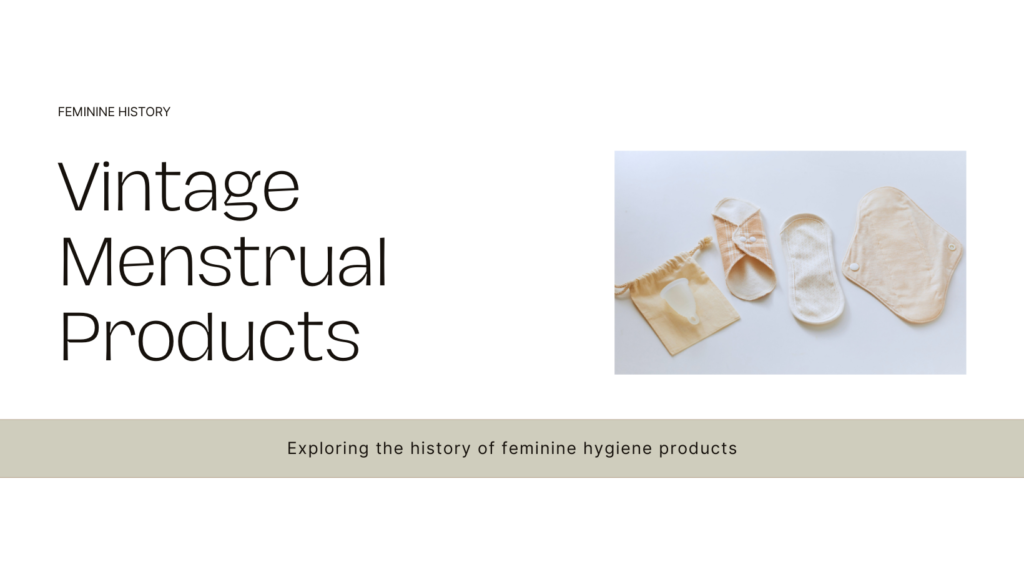
Next, in Ancient Egypt, women tucked absorbent cloth into a belt worn beneath undergarments. This early sanitary belt kept rags in place. Then, in Ancient Greece, women wrapped strips of cloth around themselves to catch period blood. Both cultures prized cleanliness and modesty, despite limited materials.
Sanitary Belt Innovations
Later, inventors refined the belt concept. They crafted a special girdle from hard rubber or fabric. Into this, they slipped Lister’s towels—thick pads first used for wounded soldiers in World War I. Although heavy, these belts offered reliable protection on the front lines and at home.
Belted Sanitary Napkins

Meanwhile, the belted sanitary napkin emerged. Designers added a moisture‑proof napkin pocket and waterproof lining to hold a fibrous pad. This similar fibrous rectangle covered with cloth felt more secure. However, the belts were still bulky and visible under clothing.
First Disposable Pads
Then came a real game‑changer: disposable menstrual pads. In 1956, Mary Beatrice Davidson Kenner patented an adhesive strip that stuck pads directly to underwear[^1]. At the same time, wood pulp bandages inspired ultra‑absorbent liners. Suddenly, women no longer wrestled with belts or pins.
Commercial Sanitary Pads & Towels
Soon after, brands introduced sanitary napkins, maxi pads, and sanitary towels. They offered various sizes for light, regular, or heavy flow. Moreover, scented pads and absorbent liners promised freshness all day. By the 1970s, beltless pads dominated the market.
Modern Menstrual Products
Today’s menstrual products cover every need. You’ll find ultra‑thin panty liners for spotting. You’ll find reusable pads in fun patterns. You’ll find menstrual cups that last for years. Plus, you can choose organic cotton or eco‑friendly materials. It’s freedom at last.
Health & Safety Issues

However, safety matters. Toxic shock syndrome is rare but serious. It’s linked to leaving pads or tampons in too long. So, change your pad every few hours. Also, pick the right absorbency for your flow. That way, you stay comfortable and healthy.
Environmental Impact
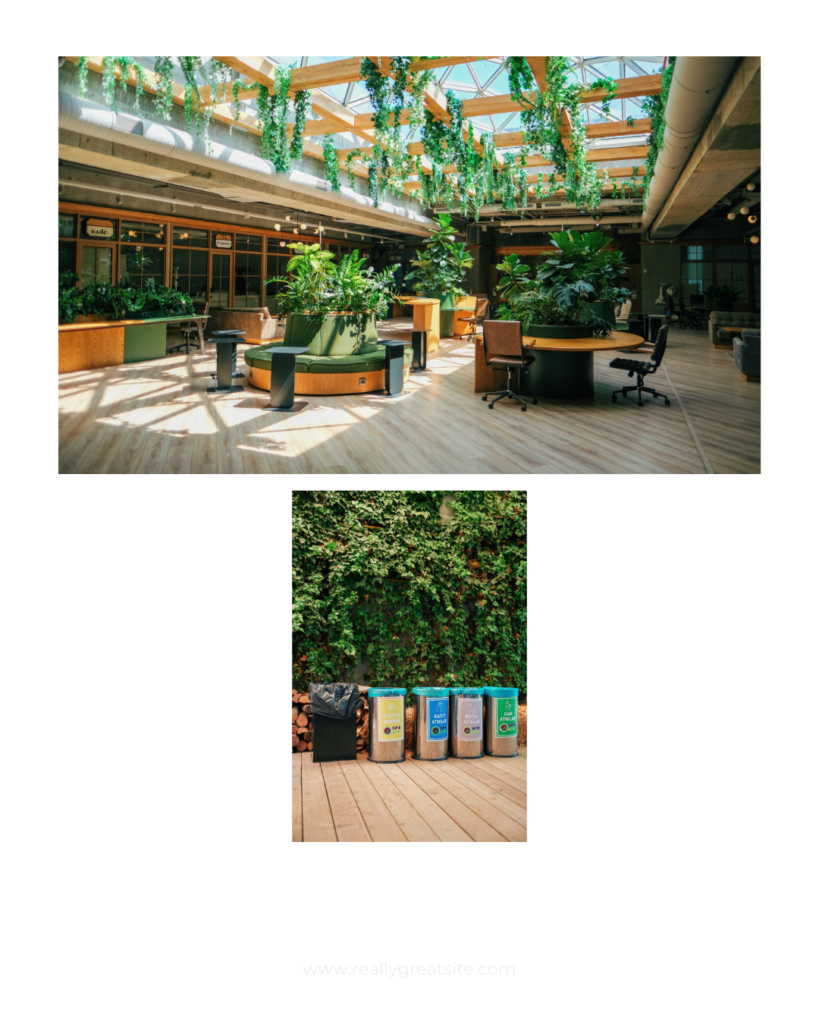
On the flip side, disposable pads create a lot of waste. In fact, one woman might discard hundreds per year. Consequently, many switch to reusable pads or menstrual cups. These choices cut landfill trash and save money. In developing countries, sustainable options also boost girls’ school attendance.
Future Trends in Period Products
Finally, innovators are exploring new absorbent materials like bamboo fibers and bio‑polymers. Smart pads that monitor flow are in development, too. Biodegradable and compostable options promise to shrink our carbon footprint. The future of period care is bright.
FAQ
What did women use before disposable pads?
They used cloth rags, wool, or even fur, held in place by belts or girdles.
Who was Mary Beatrice Davidson Kenner?
She invented the adhesive strip for sanitary belts, paving the way for modern pads[^1].
Can reusable pads really replace disposables?
Yes. High‑quality reusable pads absorb well and wash easily. Many women love them.
What is toxic shock syndrome?
A rare infection linked to leaving menstrual products in too long. Regular changes prevent it.
How can I reduce my period waste?
Try a menstrual cup or reusable pads. They last years and cut down on trash.
Additional Resources
For deeper dives, check out these sites:
https://en.wikipedia.org/wiki/Menstrual_hygiene_management, https://en.wikipedia.org/wiki/Mary_Beatrice_Davidson_Kenner, https://www.greenperiod.org, https://www.cdc.gov/tss/index.html, https://www.womenshealthmag.com/health/a19931812/history-of-pads/, https://www.mayoclinic.org/tests-procedures/menstrual-cup/about/pac-20385149

